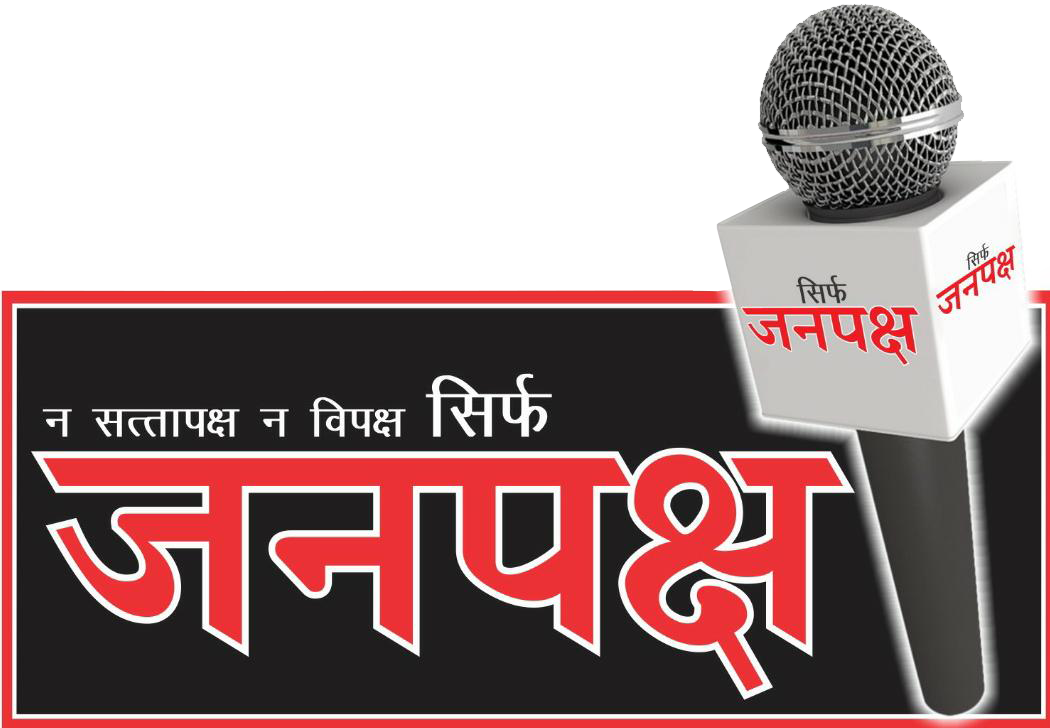Article On the Evolving Global Nuclear Order in the 21st Century
Ms Asmita Singh
Student
Amity University Noida, Uttar Pradesh
Table of Contents
- Abstract
- Introduction
- From Bipolar Stability to Multipolar Complexity
- The Rise of New Nuclear States and Non-Proliferation Challenges
- The Decline of Arms Control and Disarmament
- Disruptive Technologies and Strategic Stability
- Global Flashpoints and Regional Nuclear Tensions
- Policy Recommendations for a Secure Nuclear Future
- Conclusion
- References
Abstract
Singh.A. (2025). the Evolving Global Nuclear Order in the 21st Century.Department of Political Science, [AMITY UNIVERSITY NOIDA].
The global nuclear order is no longer shaped by Cold War-era binaries. The 21st century has introduced new complexities to nuclear governance—marked by the rise of emerging nuclear states, the erosion of arms control agreements, and the growing influence of technologies like artificial intelligence, cyber warfare, and hypersonic missiles. Regional rivalries and modernization races have further intensified, challenging existing non-proliferation frameworks and threatening global strategic stability. This article provides a comprehensive analysis of the current nuclear landscape and offers actionable policy recommendations to navigate the evolving threats and opportunities. It argues that only a revitalized commitment to arms control, technological regulation, and multilateral diplomacy can prevent nuclear risks from escalating into global crises.
Keywords: Nuclear order, arms control, non-proliferation, cyber warfare, AI in nuclear strategy, hypersonic weapons
Introduction
Nuclear weapons remain among the most consequential tools of state power. While they were once viewed largely through the lens of deterrence between two superpowers, today’s nuclear environment is shaped by a growing number of states, advancing technologies, and shifting geopolitical alliances. In this new era, the risks of miscalculation, rapid escalation, and treaty breakdowns are greater than ever.
The 21st-century nuclear order is being transformed not only by new actors such as India, Pakistan, and North Korea but also by emerging threats like AI-assisted weapons systems and cyber sabotage. This article explores how the old frameworks of deterrence, arms control, and non-proliferation must evolve to meet today’s multifaceted challenges.
From Bipolar Stability to Multipolar Complexity
During the Cold War, nuclear stability was built on the foundation of mutual deterrence between the U.S. and the Soviet Union. Despite the dangers, this binary structure created a certain predictability in nuclear strategy.
That predictability faded with the Soviet collapse. Today’s nuclear landscape features multiple nuclear powers with different doctrines and threat perceptions. China is expanding its arsenal, while the U.S. and Russia continue modernizing theirs. Other players, like the UK, France, India, and Pakistan, are adjusting their postures in response to regional and global shifts.
Unlike the bipolar era, today’s multipolar structure lacks a single guiding doctrine or a universally accepted arms control framework. This increases the risk of misalignment between military intentions and strategic interpretation, particularly during crises.
The Rise of New Nuclear States and Non-Proliferation Challenges
The Nuclear Non-Proliferation Treaty (NPT), while successful in limiting proliferation for decades, faces mounting challenges in the 21st century. Several key developments stand out:
- India and Pakistan: Both states are outside the NPT, yet possess significant arsenals. Their rivalry, particularly over Kashmir, raises serious concerns about conflict escalation and tactical nuclear use.
- North Korea: Pyongyang’s continued testing of nuclear weapons and missiles, in defiance of international sanctions, underscores the weaknesses of the current non-proliferation regime.
- Iran: Although still a non-nuclear state, its nuclear ambitions have long been a concern. The U.S. withdrawal from the JCPOA in 2018 has undermined diplomatic trust and left the region in a state of tension.
- Israel: Though undeclared, Israel is widely believed to possess nuclear weapons. Its status outside the NPT adds to the opacity of the Middle East’s nuclear landscape.
These developments highlight the growing disconnect between global governance mechanisms and regional security realities.
The Decline of Arms Control and Disarmament
Arms control treaties, once the backbone of global nuclear governance, have been steadily eroded:
- The INF Treaty collapsed in 2019 after accusations of violations from both the U.S. and Russia.
- The Open Skies Treaty, which facilitated military transparency, has also been abandoned.
- New START, the last major arms control agreement, is set to expire in 2026, with no guarantee of renewal.
Moreover, the Treaty on the Prohibition of Nuclear Weapons (TPNW), despite being a symbolic step toward disarmament, has not been endorsed by any nuclear-armed state.
Rather than scaling down arsenals, countries are now engaged in costly modernization. The U.S. plans to spend over $1.5 trillion on nuclear upgrades. Russia is investing in next-gen delivery systems. China is building new missile silos and expanding its warhead inventory. These trends contradict long-term disarmament goals.
Disruptive Technologies and Strategic Stability
New technologies are reshaping how nations think about deterrence, response time, and survivability.
Artificial Intelligence
AI can enhance early warning systems and decision-making processes, but its use in nuclear command and control systems introduces the risk of automation errors or premature escalation. Without human oversight, the possibility of miscalculating intent increases dramatically.
Cybersecurity
Nuclear systems, including launch protocols and early-warning satellites, are increasingly vulnerable to cyberattacks. Disabling communication networks or feeding false data could spark unintended conflict—especially during tense political moments.
Hypersonic Weapons
Weapons that travel at Mach 5 or faster reduce response times and can evade traditional defense systems. This development makes nuclear crises more volatile by compressing leaders’ decision windows from minutes to seconds.
These technological advances must be urgently incorporated into updated arms control dialogues.
Global Flashpoints and Regional Nuclear Tensions
Several geopolitical hotspots are at high risk of nuclear escalation:
- South Asia: India and Pakistan’s conventional and nuclear arms race continues. Pakistan’s deployment of tactical nuclear weapons has further lowered the nuclear threshold.
- East Asia: North Korea’s ICBM development and military drills with South Korea and the U.S. increase the likelihood of confrontation.
- Taiwan Strait: Tensions between the U.S. and China over Taiwan have implications for nuclear signaling. China’s growing arsenal adds uncertainty to any potential military clash.
These flashpoints are compounded by the absence of formal crisis communication channels or military-to-military dialogue, making escalation harder to control once conflict begins.
Policy Recommendations for a Secure Nuclear Future
To improve nuclear security in the 21st century, the following actions are essential:
- Expand Arms Control Dialogues: Include China, India, and Pakistan in multilateral discussions. Develop new treaties covering AI, cyber warfare, and hypersonic systems.
- Strengthen the NPT Framework: Offer security assurances and civilian nuclear cooperation to incentivize compliance.
- Reinforce the Role of the IAEA: Equip the agency with better tools to inspect, verify, and report on new technologies and proliferation threats.
- Promote Crisis Communication Mechanisms: Establish hotlines and emergency protocols in conflict-prone regions to prevent miscommunication.
- Increase Transparency and Military-to-Military Dialogues: Share nuclear doctrines and modernization plans to avoid misperceptions.
- Support Civil Society Engagement: Involve NGOs, research institutions, and youth networks in disarmament education and advocacy.
Conclusion
The global nuclear order in the 21st century is more dangerous and dynamic than at any time since the Cold War. New nuclear powers, the decline of traditional arms control, and the rise of powerful technologies demand a rethinking of how we manage nuclear risks.
While the vision of a nuclear-free world may remain distant, meaningful progress is still possible. Through inclusive diplomacy, rigorous verification, and forward-thinking arms control, the world can reduce the risks of nuclear war and build a more secure future.
The road ahead requires global cooperation, not just among major powers but also from regional actors, international institutions, and civil society. It’s not just a matter of policy—it’s a matter of survival.
References
- Allison, G. (2017). Destined for War: Can America and China Escape Thucydides’s Trap? Houghton Mifflin Harcourt.
- Cirincione, J. (2020). The New Nuclear Arms Race: A Global Perspective on Weapons Modernization. Columbia University Press.
- Black-Branch, J., & Fleck, D. (Eds.). (2021). Nuclear Non-Proliferation in International Law – Volume V. Springer.
- Kristensen, H. M., & Korda, M. (2023). The Nuclear Arsenal Report: A Global Assessment of Strategic Stability. Federation of American Scientists.
- Tannenwald, N. (2020). “The Vanishing Nuclear Taboo.” Foreign Affairs, 99(3), 36–45.
- Acton, J. M. (2021). “Escalation Through Entanglement.” International Security, 45(2), 56–99.
- Narang, V. (2018). “Strategies of Nuclear Proliferation.” International Security, 43(3), 50–91.
- Futter, A. (2023). “Hypersonic Missiles and the Nuclear Order.” Survival, 65(2), 91–110.
- Péczeli, A. (2022). “China’s Expanding Nuclear Arsenal.” Strategic Studies Quarterly, 16(1), 120–142.
- Cimbala, S. J. (2018). “Nuclear Deterrence and Cyber War.” Comparative Strategy, 37(5), 450–470.
- Monteiro, N. P., & Debs, A. (2019). “Strategic Logic of Nuclear Proliferation.” International Security, 44(1), 7–51.
- Fitzpatrick, M. (2020). Asia’s Latent Nuclear Powers. IISS.
- Carnegie Endowment for International Peace. (2020). Deterrence in the Age of Cyber and Space Warfare.
- RAND Corporation. (2023). The New Era of Strategic Competition.
- Arms Control Association. (2022). Updating the NPT: Policy Recommendations.
- United Nations Office for Disarmament Affairs (UNODA). (2022). Addressing Emerging Nuclear Threats.
- Belfer Center for Science and International Affairs. (2022). Cyber-Nuclear Interactions: Assessing the Risks.
- Brookings Institution. (2024). China’s Nuclear Expansion: Strategic Implications.
- Atlantic Council. (2023). Strategic Stability and Emerging Technologies.
- European Leadership Network. (2022). The Future of Arms Control: Challenges and Opportunities.


